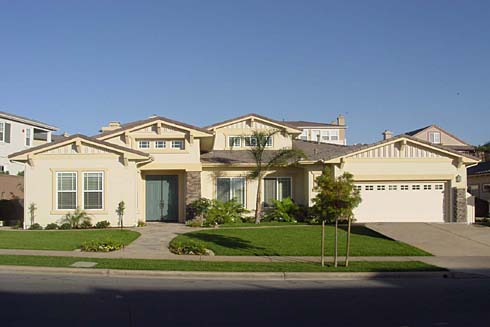REPLACEMENT COST
Understanding Replacement Cost in Real Estate
In the realm of real estate, the concept of replacement cost holds significant implications for property valuation, insurance coverage, and investment decision-making. Essentially, replacement cost refers to the expenditure required to construct a building that can replace or replicate the functions of a pre-existing structure. This metric plays a pivotal role in assessing the insurability and financial worth of a property, while also influencing strategic considerations in property development and risk management.
Significance in Property Valuation
When evaluating the value of a property, understanding its replacement cost is crucial. This metric provides insights into the potential financial burden of reconstructing a building, should it be damaged or destroyed. In the context of insurance, accurately assessing the replacement cost is essential for ensuring adequate coverage in the event of unforeseen calamities. Moreover, for investors and developers, knowledge of the replacement cost informs decisions regarding property acquisition, renovation, and new construction, thereby shaping investment strategies and risk mitigation efforts.
Factors Influencing Replacement Cost
Several factors contribute to the determination of a property's replacement cost, including construction materials, labor expenses, architectural design, and prevailing market conditions. Fluctuations in material costs, technological advancements in construction practices, and regional variations in labor expenses all impact the estimation of replacement cost. Therefore, staying abreast of these dynamic factors is vital for accurately assessing the potential financial outlay required for property replacement.
Risk Management and Insurance Implications
In the realm of risk management and insurance, replacement cost assumes a critical role. Property owners and insurers must meticulously gauge the replacement cost to ascertain the appropriate coverage needed to safeguard against potential losses. Inadequate coverage due to an underestimated replacement cost can leave property owners vulnerable in the aftermath of disasters or structural damage. Conversely, overestimating the replacement cost can lead to unnecessary premium expenses. Striking the right balance demands a nuanced understanding of the intricacies involved in estimating replacement cost.
Conclusion
In conclusion, replacement cost stands as a fundamental metric within the real estate landscape, wielding substantial influence over property valuation, insurance coverage, and investment strategies. By comprehending the multifaceted dynamics of replacement cost and its far-reaching implications, stakeholders can make informed decisions, mitigate risks, and ensure the resilience and financial security of their real estate assets.
In conclusion, replacement cost stands as a fundamental metric within the real estate landscape, wielding substantial influence over property valuation, insurance coverage, and investment strategies. By comprehending the multifaceted dynamics of replacement cost and its far-reaching implications, stakeholders can make informed decisions, mitigate risks, and ensure the resilience and financial security of their real estate assets.
MORE REAL ESTATE TERMS
A, B, C, D, E, F, G, H, I, J, K, L, M, N, O, P, Q, R, S, T, U, V, W, X, Y, Z
Featured New Home

Featured Mortgage Brokers
- BANK OF NORTH CAROLINA, CHARLOTTE, NC
7422 CARMEL EXECUTIVE PARK DR
CHARLOTTE, NC 28226 - Priority Mortgage Corp., mortgage broker in Worthington, OH
150 E Wilson Bridge Rd Ste 350
Worthington, OH 43085 - AMERICAN PACIFIC MORTGAGE, VISTA, CA
380 S MELROSE DR STE 203
VISTA, CA 92081 - BANK OF AMERICA NA CHARLOTTE, FOREST HILLS, NY
10510 QUEENS BLVD STE 2
FOREST HILLS, NY 11375 - Altamont Mortgage Funding Inc, mortgage broker in Portland, OR
4380 SW Macadam Ave Ste 125
Portland, OR 97239